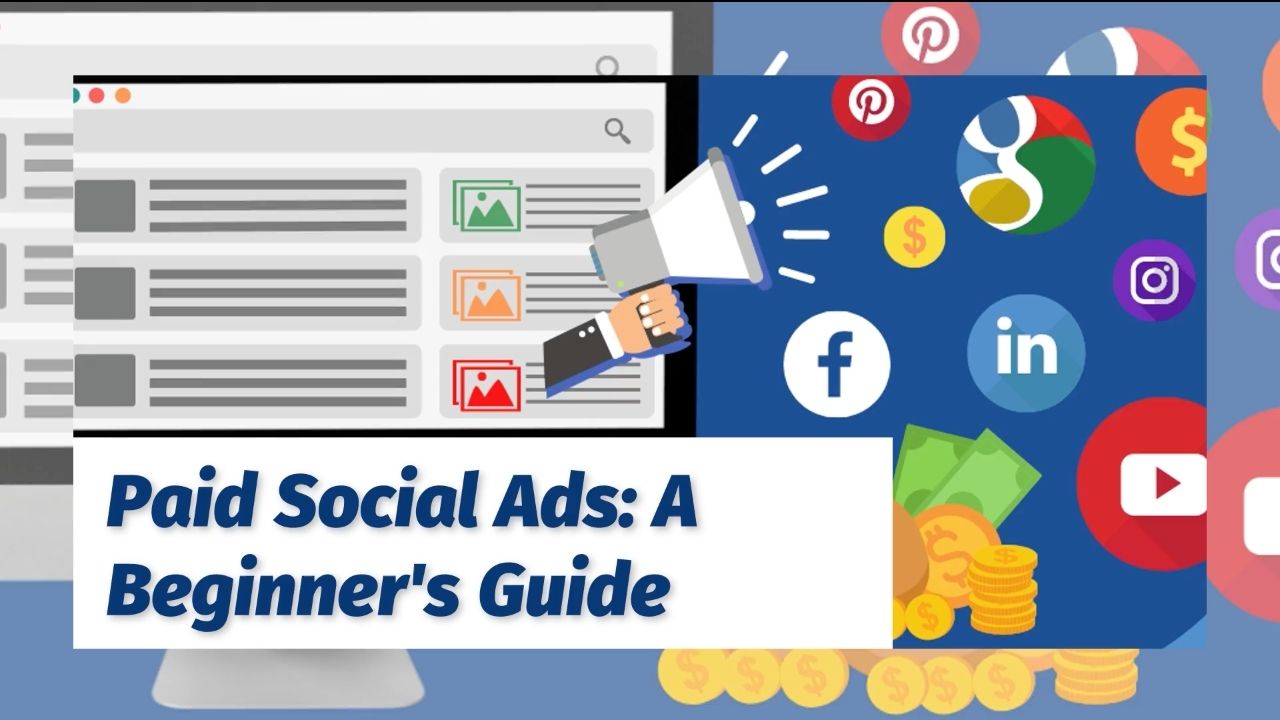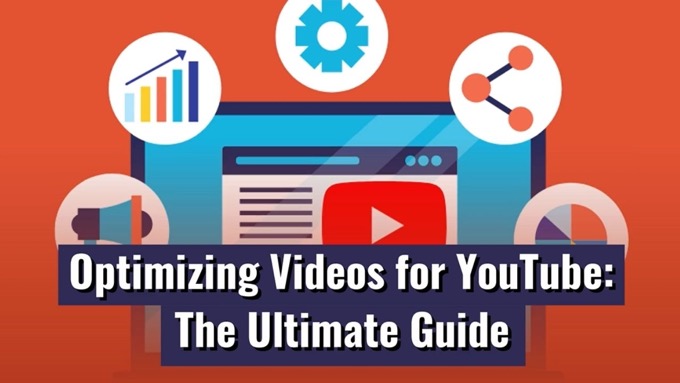Keeping up with the demand for fresh content is one of the most common challenges for marketing teams.
It’s time-intensive, resource-heavy, and often unsustainable—especially when much of that effort goes into content that’s quickly forgotten.
That’s where repurposing content for engagement becomes a strategic advantage. 🔁
By transforming your highest-performing assets into new formats, you can extend their value, reach new audiences, and increase engagement—without starting from scratch every time.
In this guide, you’ll learn how to:
- Use data to identify which content to repurpose
- Reformat content to perform across channels and formats
- Automate and scale your repurposing process
- Measure and optimize for continuous improvement
If your priority is to maximize ROI from your content efforts, repurposing is one of the most efficient ways to get there.
Here’s how to make it work…
Why Repurposing Content is Essential for Engagement
Great content doesn’t stop delivering value after a single publish.
In fact, the most effective marketing teams treat every asset as a starting point—not a finished product.
Here’s why repurposing should be built into your content strategy from the start:
Different formats perform differently across platforms and audience segments.
A blog post might underperform on your site but thrive as a video clip on LinkedIn or a carousel on Instagram.
Repurposing helps you meet people where they’re already engaged—on the channels and in the formats they prefer.
Strong content deserves more than one use.
Repurposing allows you to refresh and redistribute valuable ideas over time, keeping them relevant and visible long after the original publish date.
Building content from scratch takes time.
Repurposing lets you create more with less—saving hours on ideation, writing, and production while still delivering meaningful, high-quality assets.
Each repurposed version of your content creates new entry points for organic traffic.
Blog posts, video transcripts, infographics, and social snippets all increase your content’s footprint across search engines and social platforms, helping more people discover your brand.
Identifying High-Performing Content for Repurposing
Not every piece of content is worth repurposing. To drive real engagement, you need to focus on assets with strong performance or long-term potential.
Here’s how to zero in on the content that will give you the biggest return:
Start by reviewing your existing content across channels—blogs, videos, emails, social posts.
Use tools like Google Analytics, YouTube Studio, or native platform insights to identify content that has:
- High traffic or view counts
- Strong time-on-page or watch duration
- Low bounce rates
- Consistent inbound links or shares
These indicators suggest content that resonates and is already working—making it a strong candidate for repurposing.
Performance isn’t just about views—it’s about interaction.
Look for content with:
- High social shares, comments, or likes
- Strong email click-through or reply rates
- Notable discussion or user feedback
If people are engaging, that content likely has more potential in other formats or channels.
Content with lasting relevance provides more value over time.
Look for evergreen topics—industry how-tos, frameworks, recurring challenges—that don’t rely on news cycles or short-term trends.
These are ideal for repurposing into formats that can deliver results for months (or years) to come.
Flag evergreen content during your original publishing process to build a repurposing-ready library over time.
Best Ways to Repurpose Blog Content
If your blog is packed with valuable insights, it’s also packed with repurposing opportunities. 💡
Repurposing blog content helps extend its reach, reinforce your message, and drive engagement across multiple channels—without starting from zero.
Here are the most effective ways to turn blog posts into high-performing assets:
Break down your blog into 30–60 second video snippets that highlight one core idea or takeaway.
Use these for:
- YouTube Shorts
- Instagram Reels
- TikTok clips
- LinkedIn video posts
Visual storytelling significantly increases engagement and reach, especially on social platforms where video dominates.
If your blog includes stats, processes, or comparisons, turn that information into infographics using tools like Canva or Venngage.
Infographics are highly shareable and ideal for platforms like Pinterest, LinkedIn, and email newsletters, as well as infographic submission sites for additional reach.
Pull out key takeaways, stats, or provocative quotes and repurpose them as:
- LinkedIn posts
- X (Twitter) threads
- Facebook carousel tips
This keeps your social feeds active with relevant content that links back to the original post—driving traffic and engagement.
Don’t let high-value posts live in isolation. Republish or adapt your blog content for:
- LinkedIn Articles
- Medium
- Industry publications or syndication platforms like Outbrain
Just be sure to canonicalize properly to avoid SEO issues.
Group related blog posts into a content series or downloadable guide for lead generation.
Think “The Complete Guide to [Topic,” built from 3–5 existing articles.
Repurposing Video Content for Maximum Engagement
Video content takes time and budget to produce—so it makes strategic sense to get the most mileage from every asset.
Whether it’s a webinar, explainer, or product demo, repurposing video can dramatically boost visibility, retention, and ROI.
Transcribe your videos and edit them into detailed blog articles.
This helps:
- Capture search traffic with optimized keywords
- Reach audiences who prefer to read over watch
- Provide a strong internal linking structure for SEO
Tools like Descript or Otter.ai make transcription and content extraction simple.
Break full-length videos into 15–60 second clips focused on one idea or quote. Ideal for:
- TikTok
- Instagram Reels
- Facebook Shorts
- LinkedIn posts
Use captions and engaging hooks to increase retention—most viewers watch without sound.
Repurpose short, high-impact moments as part of your email marketing.
Include a preview GIF or screenshot linking to the video to drive clicks and time-on-site.
This approach works especially well in newsletters, onboarding flows, and product updates.
A single webinar can be repurposed into multiple assets.
Focus on extracting actionable insights and packaging them for long-term use.
- A downloadable PDF guide based on the core topic
- A video series or email drip campaign
- A gated resource for ongoing lead generation
Transforming Social Media Content Into Engaging Assets
Social media content is often treated as disposable—but it doesn’t have to be.
With the right strategy, your best posts can become high-value, long-form assets that continue to generate engagement and leads well beyond their initial shelf life.
Turn your most engaging posts—how-tos, insights, or tips—into a downloadable guide or e-book.
Make sure the content aligns around a clear theme or outcome to drive conversions.
- Curate a series of LinkedIn posts into a “Playbook for [Topic”
- Transform an Instagram tip series into a “Social Media Cheatsheet”
- Convert X (Twitter) threads into a formatted PDF for email capture.
Customer testimonials on social media can be expanded into detailed case studies:
- Highlight the challenge, solution, and results
- Add visuals like product screenshots or quotes
- Include performance metrics to build credibility
These assets are ideal for sales enablement, landing pages, and B2B campaigns.
A single tweet or LinkedIn post can become a blog article or LinkedIn newsletter.
To expand it:
- Break down each point into actionable steps
- Add context, examples, and visuals
- Tie it to a larger business challenge or opportunity
This deepens your authority on the subject while extending your post’s lifespan.
Automating and Scaling the Repurposing Process
Repurposing is powerful—but without the right systems in place, it can become another bottleneck.
To scale efficiently, you need a workflow that leverages tools, templates, and automation at every step.
Start by integrating tools designed for fast repurposing:
- Descript—convert videos into text for articles, quotes, or captions
- Canva—quickly turn content into infographics or social visuals
- Repurpose.io—automate distribution across YouTube, TikTok, LinkedIn, and more
- Zapier—connect platforms and automate repetitive tasks (e.g., trigger post creation from a new blog)
These platforms reduce manual work and help maintain brand consistency across formats.
Avoid last-minute scrambles by batching repurposing tasks weekly or monthly.
Then, use tools like:
- Buffer
- Hootsuite
- Later
Schedule everything in advance so your team stays focused on strategy and performance—not just production.
Create a documented process for how each content type should be reused.
Standardizing this turns repurposing into a repeatable system—not a one-off decision.
- Blog post → video summary → LinkedIn snippet → email teaser
- Webinar → blog recap → lead magnet PDF → short video clips
Measuring Engagement and Optimizing Repurposed Content
Creating repurposed content is only half the strategy—the other half is measuring its impact and continuously improving results.
Without performance tracking, you risk repeating tactics that don’t move the needle.
Measure engagement metrics like shares, comments, and click-through rates to optimize repurposed content for better performance.Click To Post OnHere’s how to make sure your repurposing efforts deliver real engagement gains:
Use tools like Google Analytics, YouTube Studio, or platform-native insights to compare:
- Traffic and time-on-page (for written content)
- Views and watch time (for video)
- Engagement rates (likes, shares, comments)
- Conversion actions (form fills, downloads, sign-ups)
Monitor performance before and after repurposing to understand what’s working.
Test different versions of repurposed content to identify what resonates best.
A/B testing helps fine-tune your content format and placement strategy based on real data—not assumptions.
- Does a short-form video perform better than a quote graphic?
- Which drives more clicks: a teaser email or a blog excerpt?
Once you see which repurposed formats and topics drive results, double down:
- Reformat top-performing assets for additional platforms
- Phase out formats that consistently underperform
- Use learnings to inform future content creation
This creates a feedback loop that continuously improves your strategy and maximizes ROI.
With proper measurement, repurposing becomes not just efficient—but predictably effective.
Data ensures you’re not guessing—you’re optimizing.
Frequently Asked Questions
Why is repurposing content essential for engagement?
Repurposing helps reach new audiences, extends content lifespan, increases efficiency, and boosts SEO by creating new entry points for organic traffic.
How can I identify high-performing content for repurposing?
Use analytics to find top-performing assets, prioritize engagement metrics, and focus on evergreen topics with lasting relevance.
What are the best ways to repurpose blog content?
Turn key points into short-form video, create infographics for visual impact, extract social media snippets, and republish or syndicate for wider reach.
How can I repurpose video content for maximum engagement?
Convert long-form videos into SEO-optimized blog posts, extract short clips for social media, embed snippets in email campaigns, and turn webinars into evergreen lead magnets.
How can I automate and scale the repurposing process?
Use purpose-built tools to streamline production, batch and schedule repurposed content, and build a repurposing framework to create a repeatable system.
To Conclude
The most efficient content strategies don’t treat repurposing as an afterthought—they design for it from the start.
When you plan each piece with multiple formats and channels in mind, you’re not just saving time. You’re:
- Amplifying impact
- Accelerating engagement
- Driving more value from every asset you produce.
Ready to get more results with less effort? Start building a repurposing workflow into your content strategy today—and make every piece work harder across every platform.













